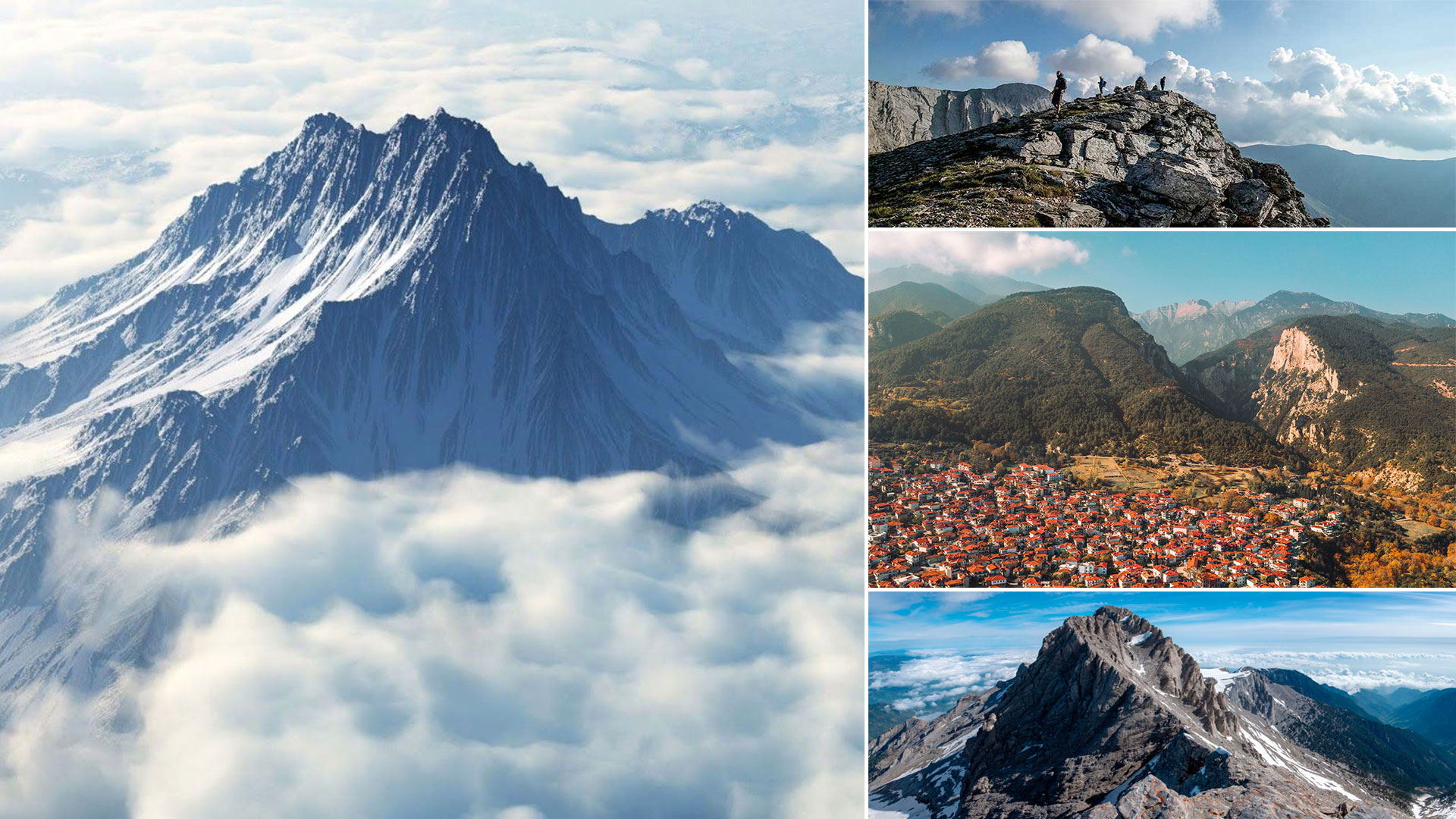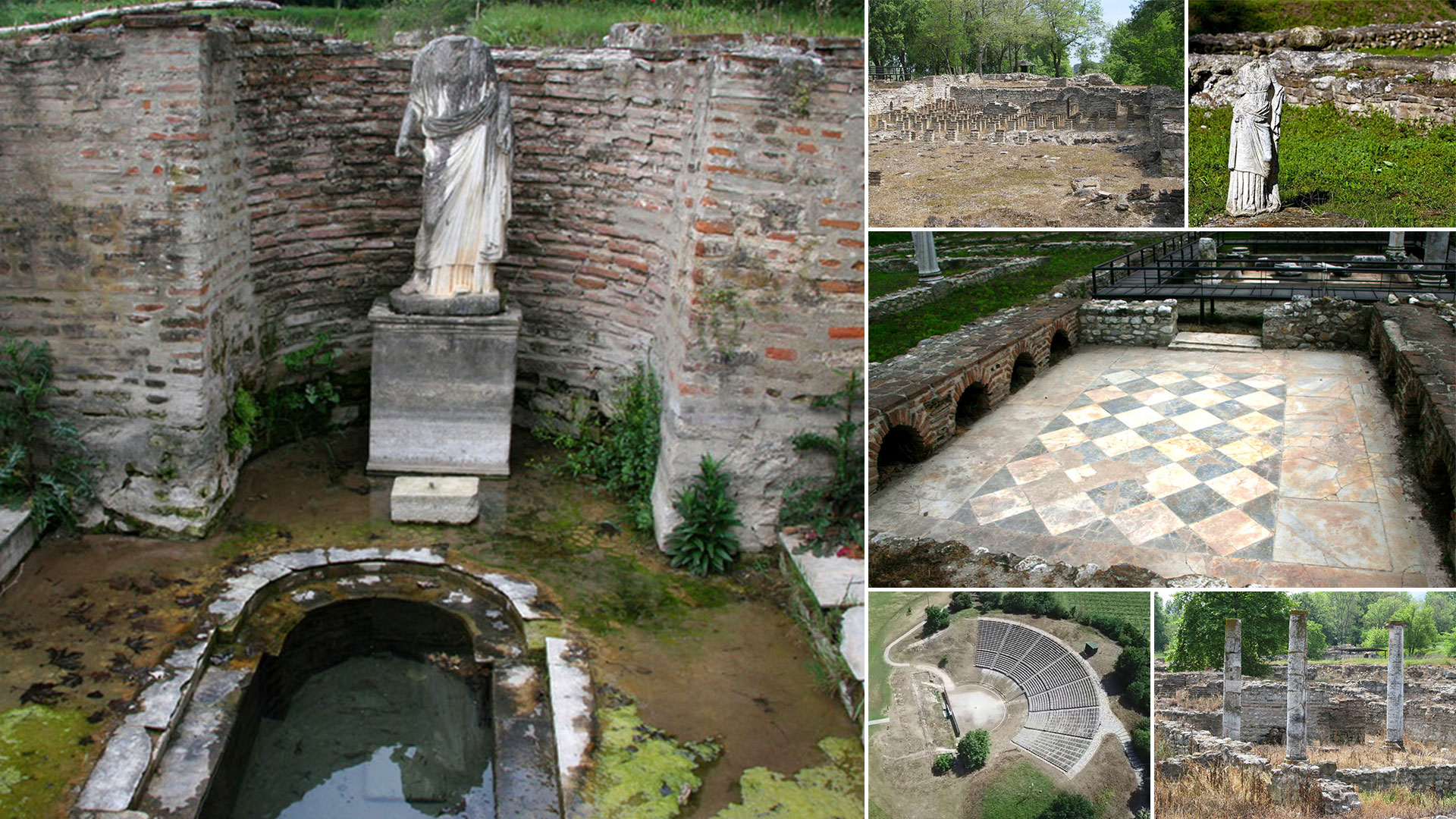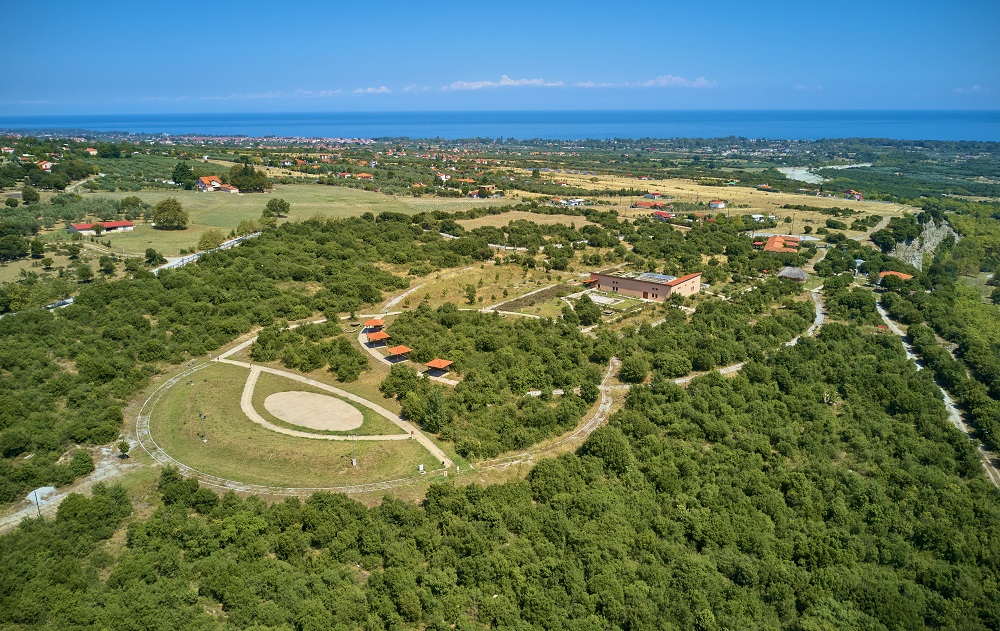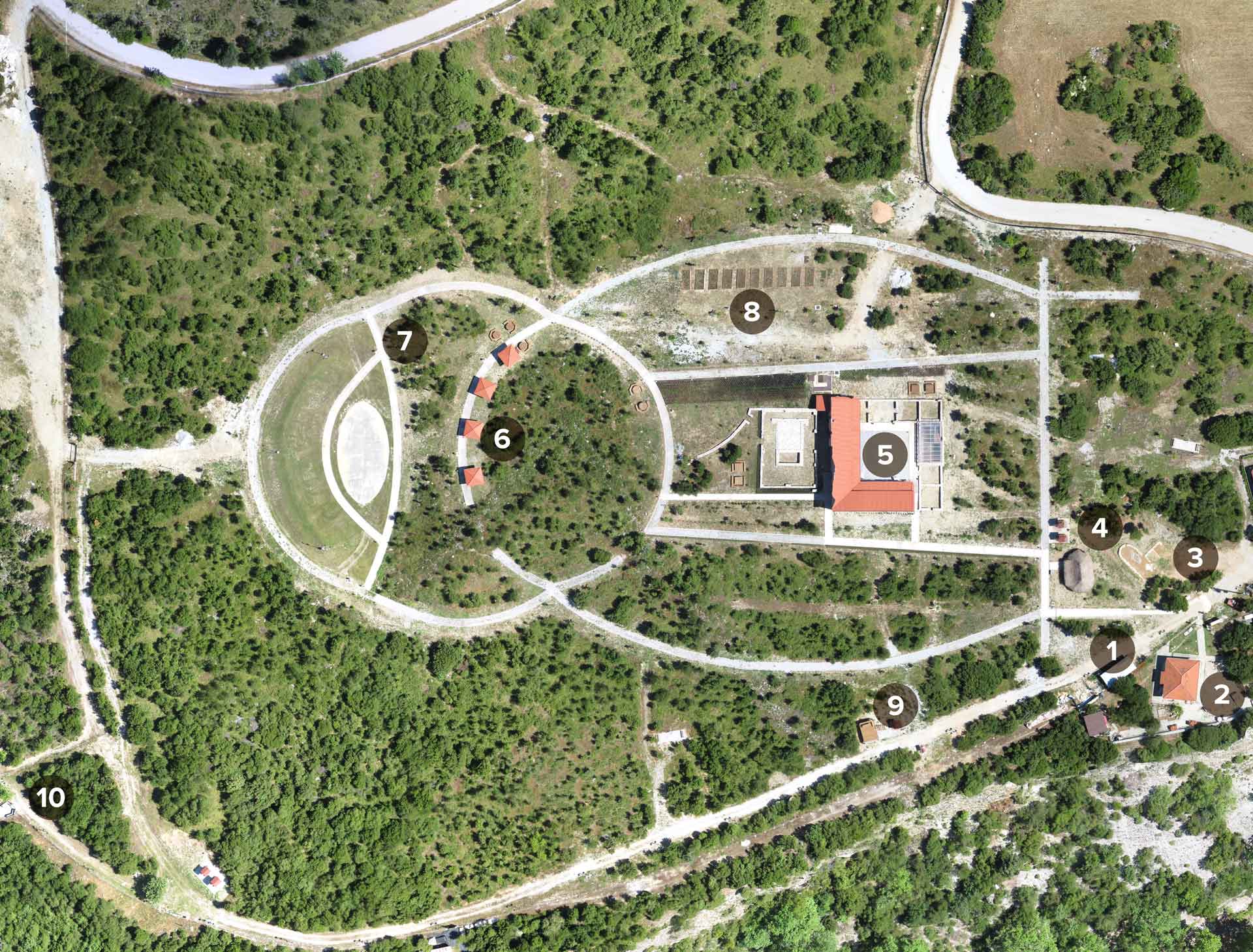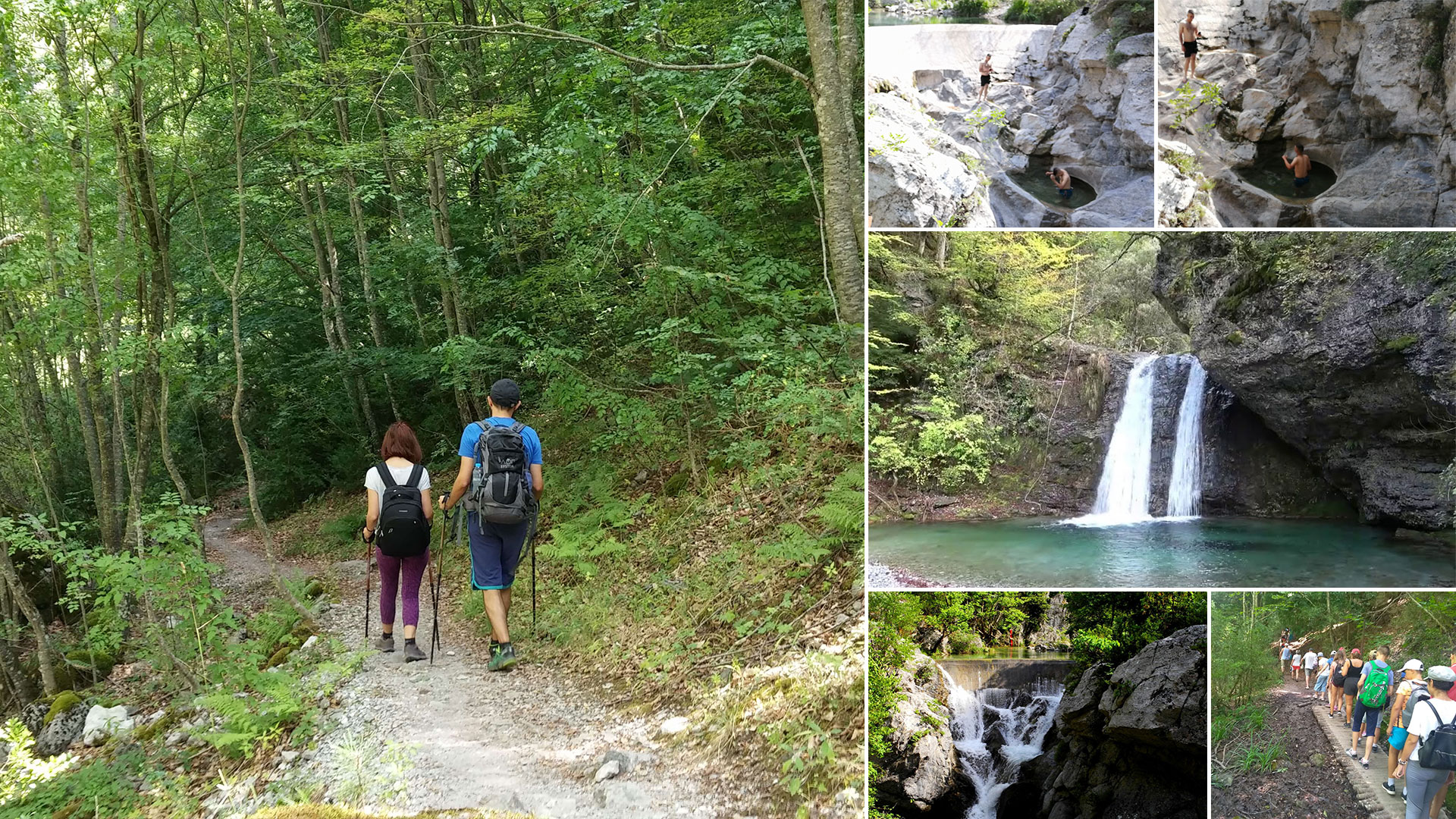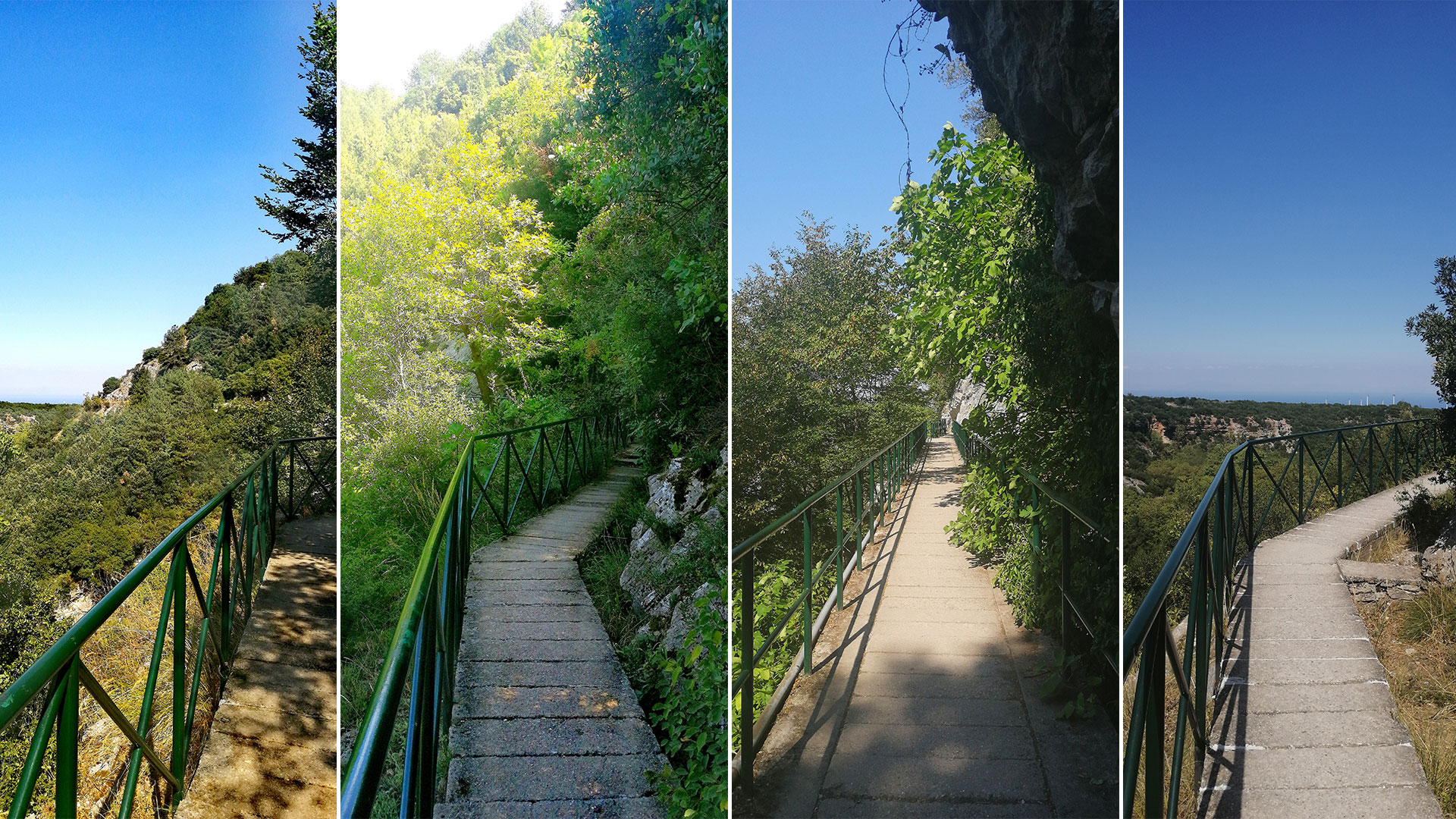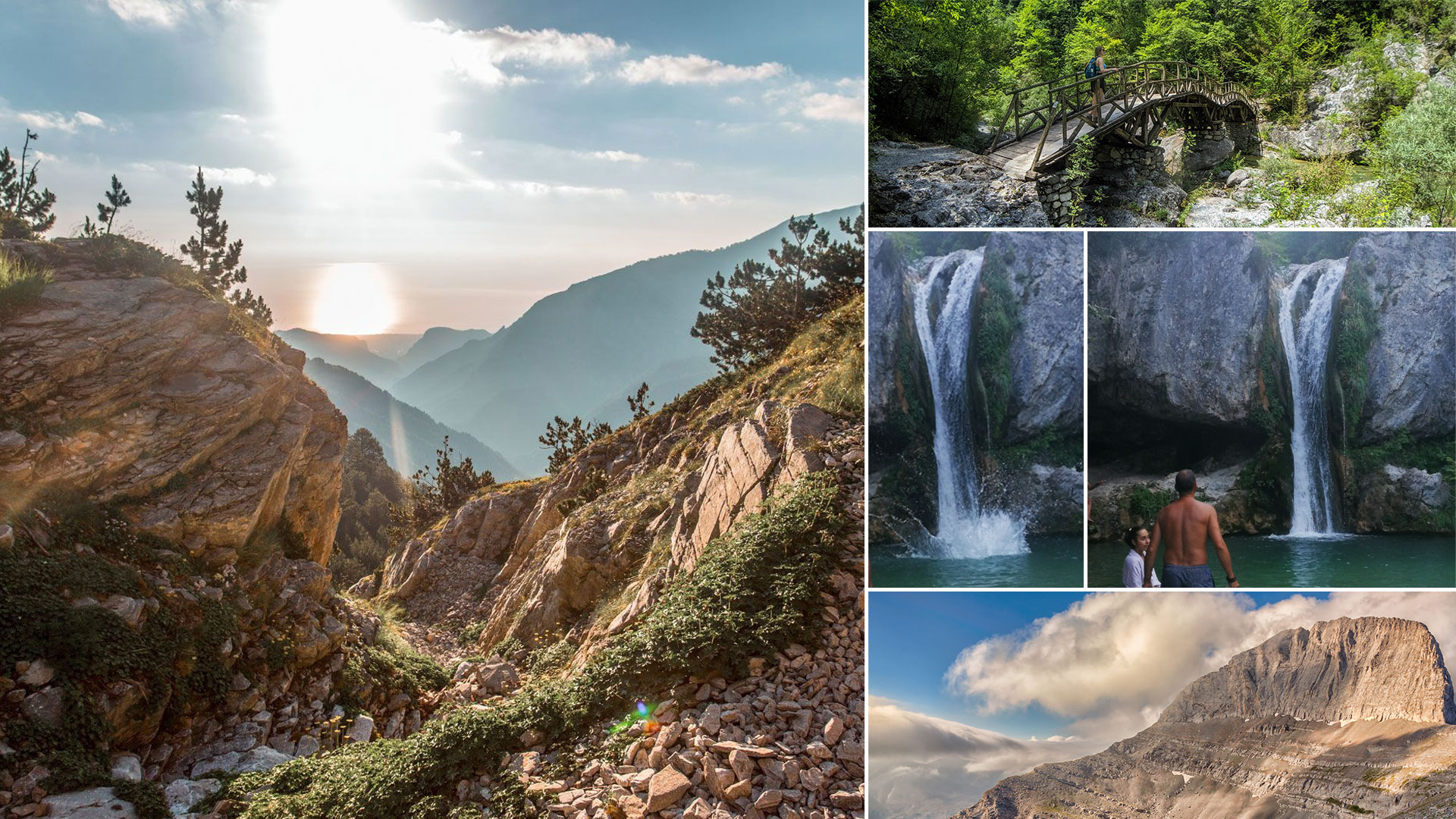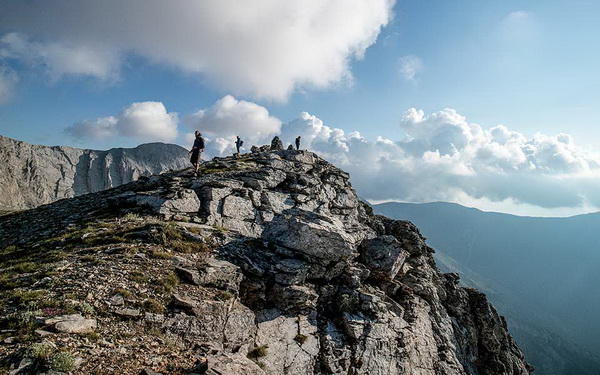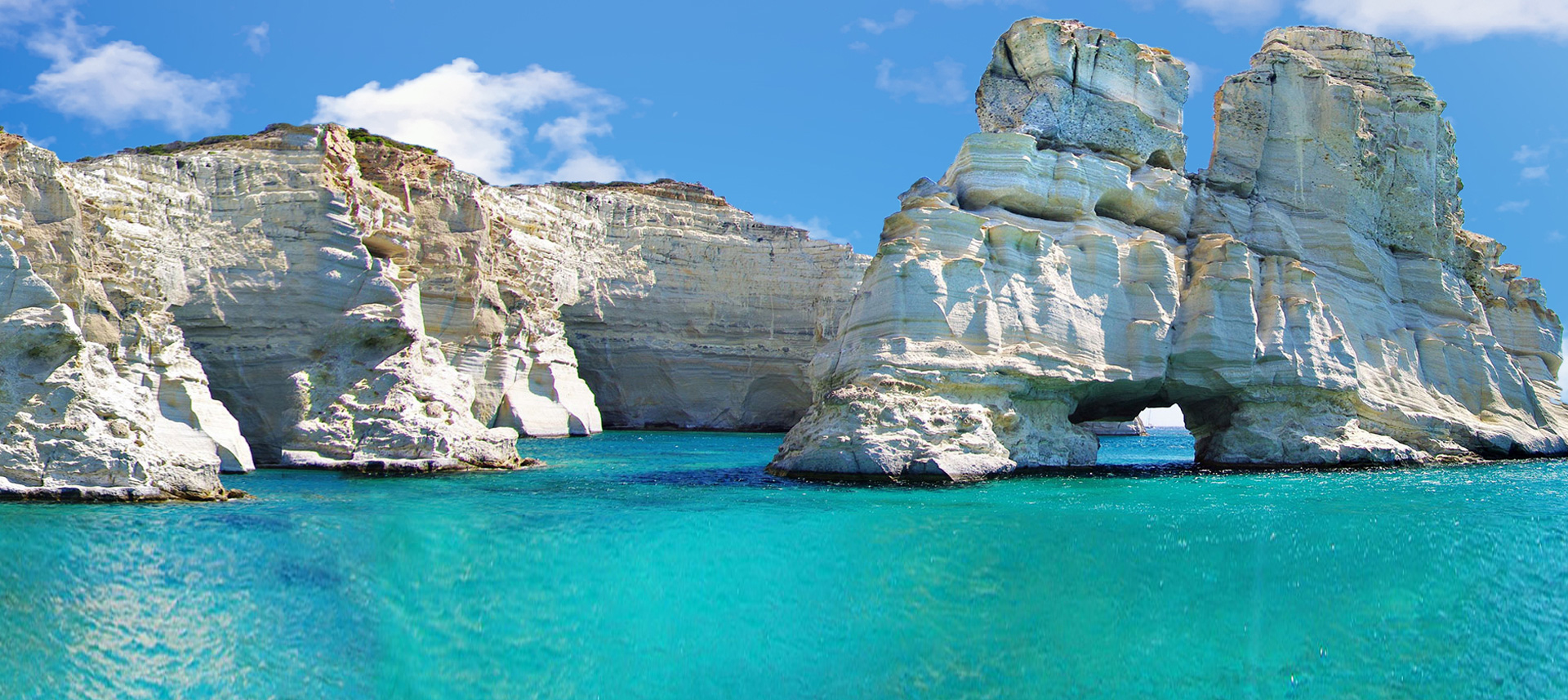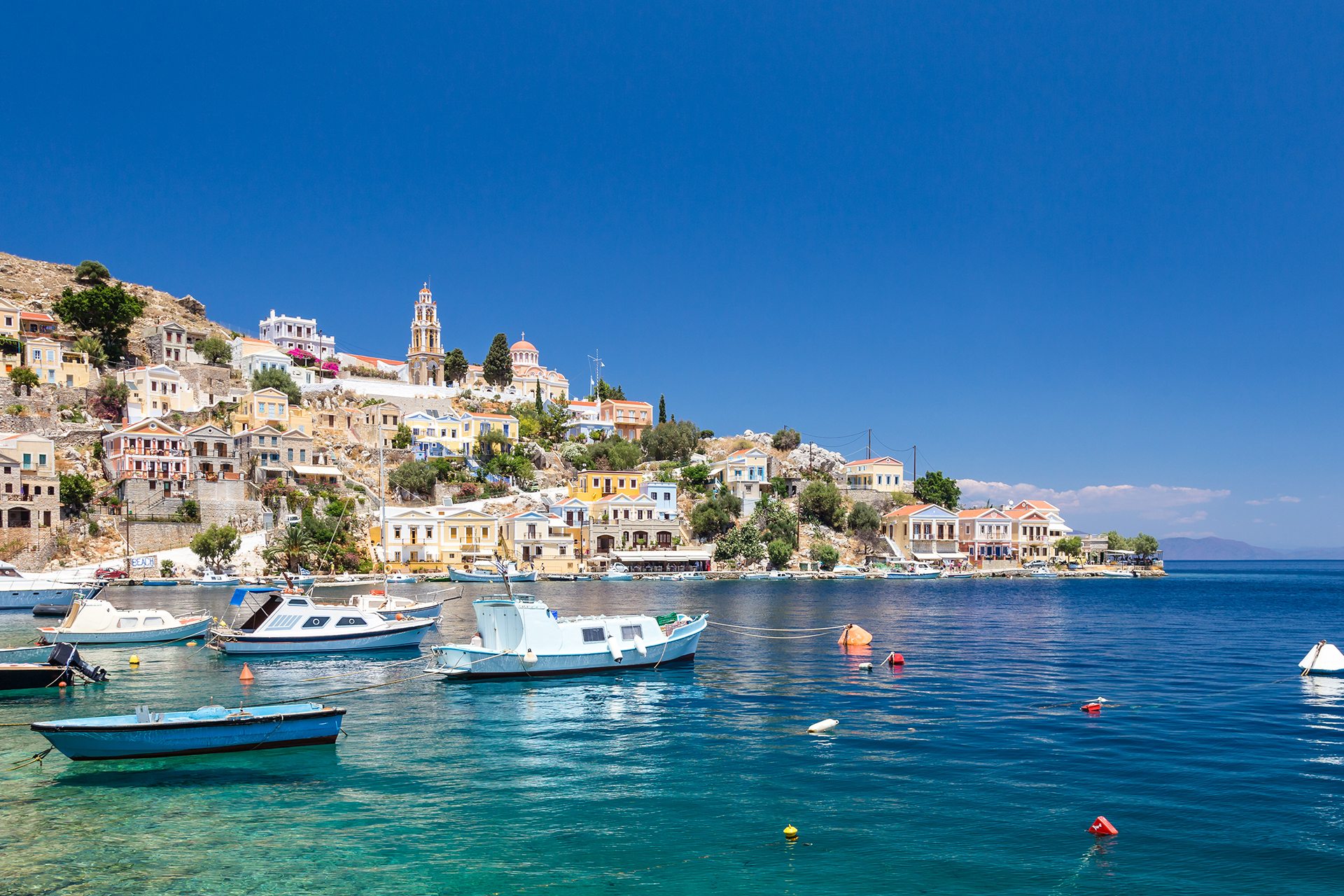Olympus National Park: Tour of the gorge of Enipeas
Based in Litochoro, a town built at the eastern end of Olympus, travelers have the opportunity to discover the magnificent gorge of Enipeas.
According to mythological tradition, Enipeas, the most beautiful of the river gods, son of Oceanus and Tithios, fell in love with Tiro, the daughter of King Salmon and Alkidiki.
The god Poseidon, who saw Tiro and fell in love with her, took the form of Enipeas, so that he could conquer her.
She was deceived and accepted Poseidon.
Then, the god Poseidon revealed his identity to Tiro and announced to her the birth of their twin children, Pelias and Nileas.
Besides, according to the mythology, Lito, the mother of Apollo and Artemis, bathed in the waters of Enipeas, while the gorge of Enipeas was the place where the Mainades devoured the hero Orpheus, poet and famous musician.
The starting point of the tour in the gorge is the place “Mills”, one of the entrances of the Olympus National Park, at an altitude of 400.
Nature lovers follow the well-preserved international hiking trail E4, which is marked and informative signs.
Impressive slopes, canyons and ravines, dense vegetation, picturesque wooden bridges, running waters, ponds with crystal clear waters and small waterfalls compose a wonderful natural environment, which charms lovers of mountain routes.
Of particular interest are the Holy Cave, where Saint Dionysios asceticism on Olympus, and the monastery of Agios Dionysios (rebuilt in the 19th century houses relics of the old monastery, founded in the 16th century and was a revolutionary stronghold in various periods).
The international hiking trail E4, after a route of 9 km (moderate difficulty) and lasting about 5 hours, ends at the location “Prionia”, at the springs of Enipeas, at an altitude of 1,100.



